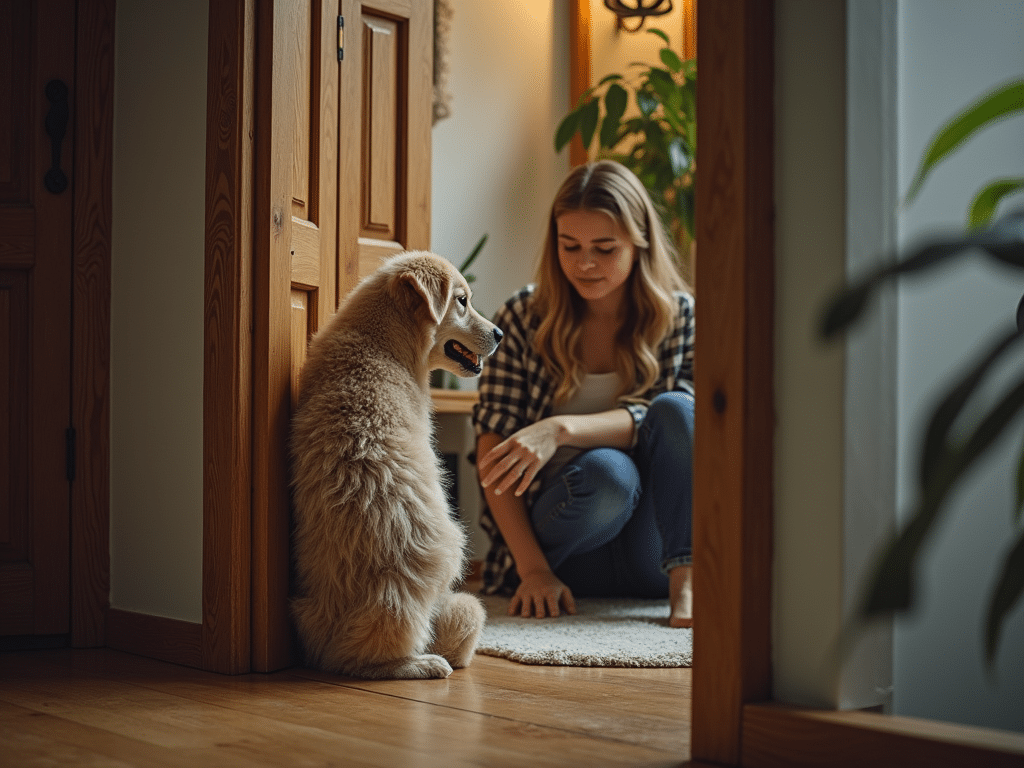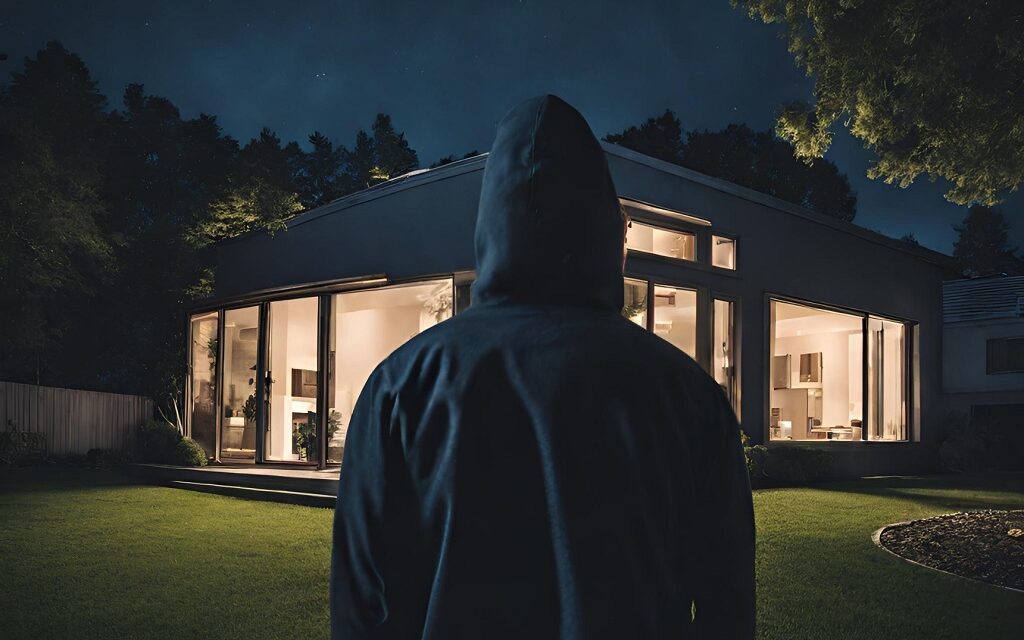In an era where home security is paramount, a disturbing trend known as phrogging has emerged, leaving homeowners feeling vulnerable in their own spaces. This comprehensive guide will explore the signs of phrogging, how to detect it, and steps to protect your home from this unsettling intrusion.
What is Phrogging?

phrogging
Phrogging, derived from the word “frog” due to the intruder’s tendency to hop from one hiding spot to another, refers to the act of someone secretly living in another person’s home without their knowledge or consent. This modern-day home invasion tactic has gained attention in recent years, with several high-profile cases making headlines.
The Psychology Behind Phrogging
Understanding the motivations of phroggers can help homeowners better protect themselves. Common reasons for phrogging include:
- Financial hardship and homelessness
- Mental health issues
- Thrill-seeking behavior
- Stalking or obsession with the homeowner
Signs That Someone May Be Phrogging Your Home
Detecting a phrogger can be challenging, as they often go to great lengths to remain unnoticed. However, there are several telltale signs that homeowners should be aware of:
1. Unexplained Noises and Movements
One of the most common indicators of phrogging is the presence of unusual sounds or movements in your home, particularly in areas that are typically unoccupied.
- Footsteps or creaking floors when you’re alone
- Rustling noises in attics, basements, or crawl spaces
- Doors or cabinets opening and closing unexpectedly
2. Missing or Displaced Items
Phroggers often rely on the homeowner’s resources for survival, which can lead to noticeable changes in household supplies and personal belongings.
- Food disappearing at an unusual rate
- Personal items found in unexpected places
- Clothing or toiletries going missing
3. Unusual Signs in Private Spaces
Evidence of habitation in rarely used areas of your home can be a strong indicator of phrogging activity.
- Signs of someone sleeping in unused rooms or closets
- Unfamiliar items appearing in your home
- Disturbances in storage areas or attics
4. Changes in Your Environment
Subtle alterations to your living space may suggest the presence of an unwanted guest.
- Doors or windows found unlocked
- Slight rearrangements of furniture or decor
- Unexplained wear and tear on household items
Technological Indicators of Phrogging
In our increasingly connected world, technology can both aid phroggers and help homeowners detect their presence.
1. Wi-Fi and Network Anomalies
Unusual activity on your home network could indicate the presence of an unauthorized user.
- Unexplained changes in Wi-Fi usage patterns
- Unknown devices connected to your network
- Slower internet speeds than usual
2. Security Camera Footage
If you have home security cameras, review the footage regularly for any signs of intrusion or unexpected movement.
- Shadows or figures in areas that should be empty
- Objects moving on their own
- Cameras being turned off or redirected
3. Smart Home Device Behavior
Smart home devices can sometimes reveal the presence of an intruder through unusual activity.
- Lights turning on or off unexpectedly
- Thermostats being adjusted when no one is home
- Voice assistants responding to unknown commands
Psychological and Behavioral Clues
The presence of a phrogger can have subtle psychological effects on homeowners and their pets.
1. Feeling of Being Watched
Many victims of phrogging report an unsettling sensation of being observed in their own homes.
2. Unexplained Anxiety or Unease
A persistent feeling of discomfort or anxiety within your home, especially in specific areas, could be a subconscious reaction to an intruder’s presence.
3. Pet Behavior Changes
Animals are often more sensitive to changes in their environment and may react to the presence of a phrogger.
- Pets becoming unusually alert or agitated
- Dogs barking at seemingly nothing
- Cats hissing or hiding more than usual
How to Investigate Suspicions Safely
If you suspect someone may be phrogging in your home, it’s crucial to approach the situation cautiously and prioritize your safety.
1. Conduct a Thorough Home Inspection
Carefully examine all areas of your home, paying special attention to:
- Attics, basements, and crawl spaces
- Rarely used rooms or closets
- Areas behind large appliances or furniture
2. Set Up Additional Surveillance
Enhance your home security to gather evidence and deter potential intruders:
- Install motion-activated cameras in key areas
- Use door and window sensors
- Consider a professional security system
3. Keep a Log of Unusual Occurrences
Document any suspicious events or changes in your home environment:
- Note dates, times, and details of strange incidents
- Take photographs of any evidence you find
- Record any unexplained noises or disturbances
Steps to Take if You Suspect Phrogging

Suspect Phrogging
If your investigation leads you to believe someone is indeed phrogging in your home, take immediate action to ensure your safety and resolve the situation.
1. Contact Local Law Enforcement
Report your suspicions to the police and provide them with any evidence you’ve gathered. Do not confront the intruder yourself, as this could be dangerous.
2. Enhance Home Security Measures
Take steps to secure your home and prevent future intrusions:
- Change all locks and security codes
- Reinforce doors and windows
- Install or upgrade your security system
3. Seek Support from Neighbors or Community Watch Programs
Inform trusted neighbors of the situation and ask them to be vigilant. Consider joining or starting a neighborhood watch program to increase community safety.
Preventive Measures Against Phrogging

phrogging
Protecting your home from phroggers requires a proactive approach to security and awareness.
1. Regular Security Audits
Conduct periodic assessments of your home’s vulnerabilities:
- Check for potential entry points
- Test all locks and security devices
- Ensure all areas of your home are well-lit
2. Install and Maintain Security Systems
Invest in a comprehensive security setup that includes:
- Monitored alarm systems
- Smart doorbell cameras
- Motion-activated outdoor lighting
3. Be Cautious on Social Media
Limit the information you share online about your home and travel plans:
- Avoid posting real-time updates about your location
- Use privacy settings to control who sees your posts
- Be mindful of sharing photos that reveal details about your home’s layout
Legal Implications of Phrogging
Understanding the legal aspects of phrogging can help homeowners protect their rights and take appropriate action.
1. Homeowner Rights
As a homeowner, you have the right to:
- Exclusive use and enjoyment of your property
- Protection against trespassers and intruders
- Reasonable expectation of privacy in your home
2. Legal Actions Against Phroggers
Phrogging is illegal and can result in various criminal charges, including:
- Trespassing
- Breaking and entering
- Burglary
- Stalking (in some cases)
3. Civil Remedies
In addition to criminal charges, homeowners may pursue civil action against phroggers for damages or emotional distress caused by the intrusion.
Conclusion: Staying Vigilant in Your Home
Phrogging is a disturbing phenomenon that can leave homeowners feeling violated and unsafe in their own spaces. By understanding the signs of phrogging, implementing robust security measures, and staying alert to changes in your home environment, you can significantly reduce the risk of becoming a victim. Remember, your home should be your sanctuary, and taking proactive steps to protect it is essential in today’s world.
If you suspect someone is phrogging in your home, don’t hesitate to seek help from law enforcement and security professionals. Your safety and peace of mind are paramount. Stay vigilant, trust your instincts, and take action to ensure your home remains a secure and comfortable place for you and your loved ones.
